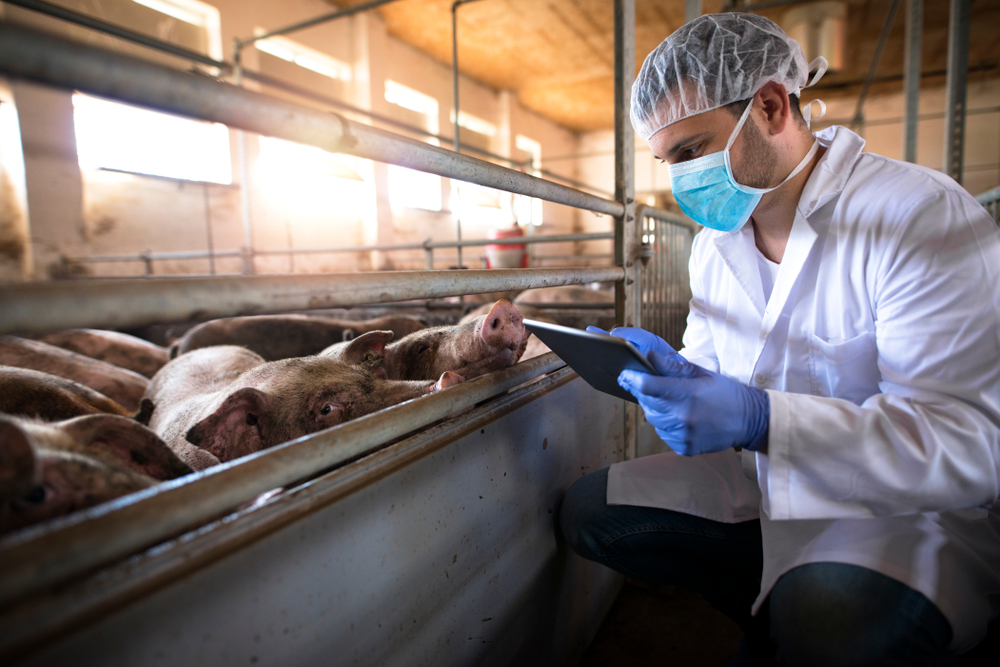Within the multifaceted tapestry of America’s meat industry, the enduring issue of antibiotic overuse has emerged as a focal point drawing the attention and regulatory scrutiny of the United States Food and Drug Administration (FDA). Over the years, the FDA has been at the forefront of endeavors to curtail the widespread use of antibiotics in livestock, recognizing the potential ramifications for public health and antimicrobial resistance. Despite these concerted regulatory efforts, recent data has cast a disquieting shadow, revealing a disconcerting resurgence in the sales of antibiotics intended for use in livestock. This concerning trend has set alarm bells ringing among public health advocates, who fear the potential consequences for both animal and human health as antibiotic resistance looms large on the horizon. In this intricate landscape, the ongoing battle against antibiotic overuse unfolds as a dynamic saga, marked by regulatory challenges, industry dynamics, and the imperative to strike a delicate balance between agricultural practices and public health imperatives. As stakeholders navigate this complex terrain, the role of the FDA stands central, serving as a linchpin in the broader narrative of safeguarding not only the integrity of the meat industry but also the well-being of consumers and the resilience of antibiotic efficacy in the face of evolving microbial threats



